2023-2024 JUMP into STEM Final Competition Winners Announced as Newest Cohort of Future Building Scientists
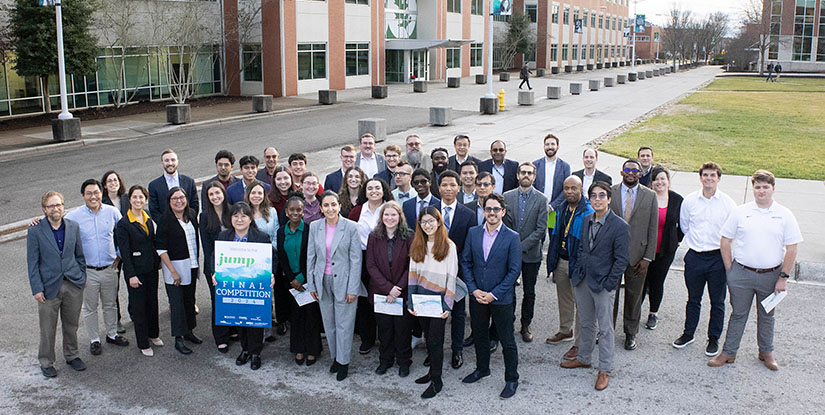
After presenting innovative solutions for some of the most complex challenges in the buildings industry, 11 students have been named winners of the 2024 JUMP into STEM Final Competition. Hosted at Oak Ridge National Laboratory (ORNL), the Final Competition brought together college students with diverse backgrounds, professors, and industry experts from across the country for a two-day event. In addition to presenting their JUMP into STEM submissions to a panel of judges, participants learned about career paths in building science, networked with experts in the field, explored research at ORNL, and more.
"Being able to look into ORNL and NREL [the National Renewable Energy Laboratory] before I came here and then being able to see some of the stuff that they're actually doing is fascinating to me," said Rebekah Shields, a student from Worcester Polytechnic Institute.
Members of the Building Technologies and Science Center at NREL also traveled to ORNL for the event, including the JUMP into STEM management team led by communities and urban science research group manager Kim Trenbath and building technologies laboratory program manager Roderick Jackson.
"The Final Competition is always the highlight of JUMP into STEM," Trenbath said. "With new challenges this year, students explored building science, from carbon reduction to thermal energy storage. It's so inspiring to hear what the teams have been working on during their fall semester and to see them in the same room as the organizers, judges, and professor team."
"It was great to see the engagement and creativity of future leaders in developing building technology solutions that are critical to equitably transitioning to a decarbonized energy future," Jackson said.
"It's always a positive experience and we're looking forward to hosting again at NREL next year," Trenbath added.
Detecting, Contracting, Sealing (DCS) – The Community Envelope
Israel Bryant, Maddax Frye, Ema Horner, and Sophie Kudron
University of Nebraska-Lincoln
The team from the University of Nebraska-Lincoln hopes to help individuals in low-income housing in buildings that may have extensive air leakages and are unprotected from the elements. They propose the creation of a nonprofit called "Detecting, Contracting, and Sealing," which will take a two-part approach to solving these problems. The first part includes physical inspection and restoration, and the second part includes utilizing government agency funding and accounting for stakeholder needs.
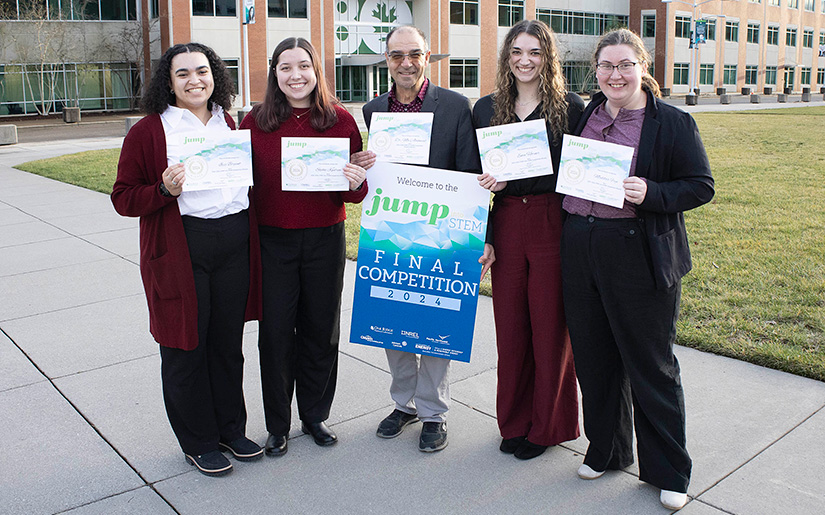
Reducing Barriers To Achieve an Energy-Efficient Lifestyle for Low-Income Families in the United States of America
Andreas Hoess, Aaron Farha, Levi Premer, and Rebecca Lu
Purdue University
The team from Purdue University seeks to provide an affordable thermal energy storage and heat pump combination that is optimized for communal use in low-income or subsidized housing. With easy installation, retrofit options, a smart control system, and implementation in a microgrid, the installation benefits both users and the power grid.
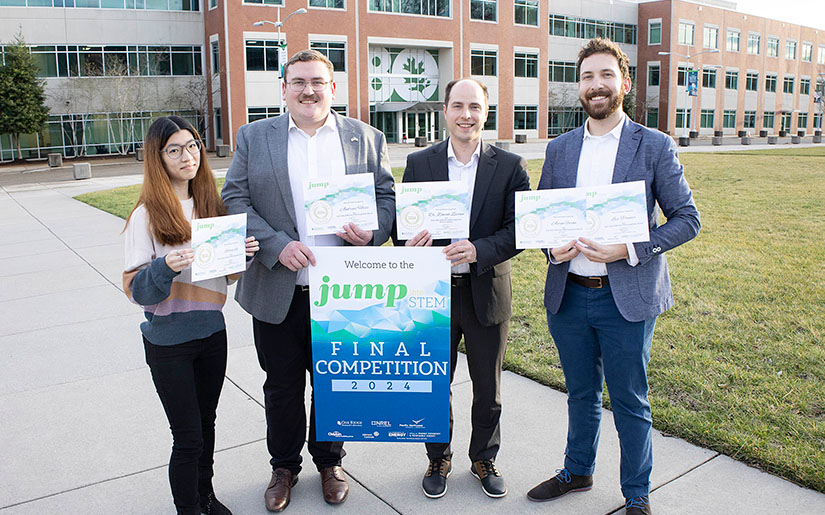
KILN TES
Rebekah Shields
Worcester Polytechnic Institute
The team from Worcester Polytechnic Institute proposes a practical solution to conceptualizing, developing, and implementing a thermal energy storage system to optimize energy consumption and minimize costs. The proposal involves modification of high-temperature kilns using refractory bricks submerged in sand.
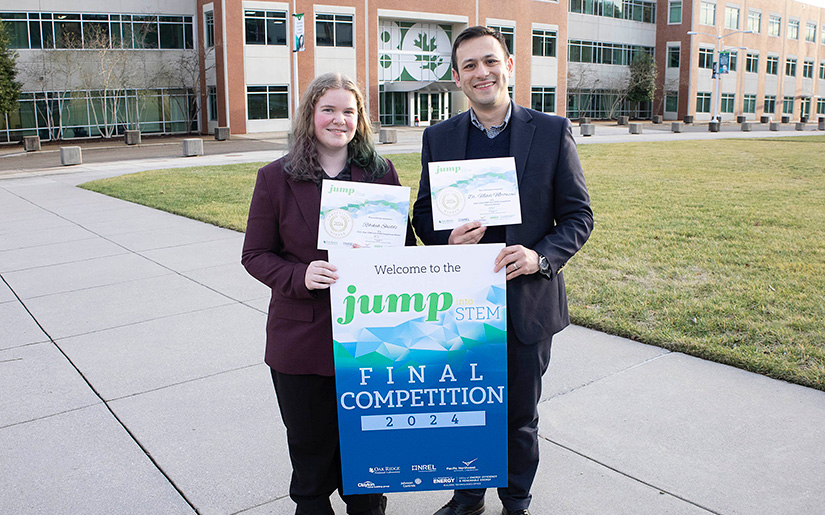
Energy Saves Solutions: Mini-Split Thermal Energy Storage System
Spencer Marinac and Jared Williams
Embry-Riddle Aeronautical University
The team from Embry-Riddle Aeronautical University designed a modular thermal energy storage system that works in tandem with a variety of mini-split heat pumps without modifying the unit. This design allows for rapid deployment of the system into the consumer market space, and once installed, the system reduces customers' energy consumption from the grid at peak hours, decreasing their electricity bills.
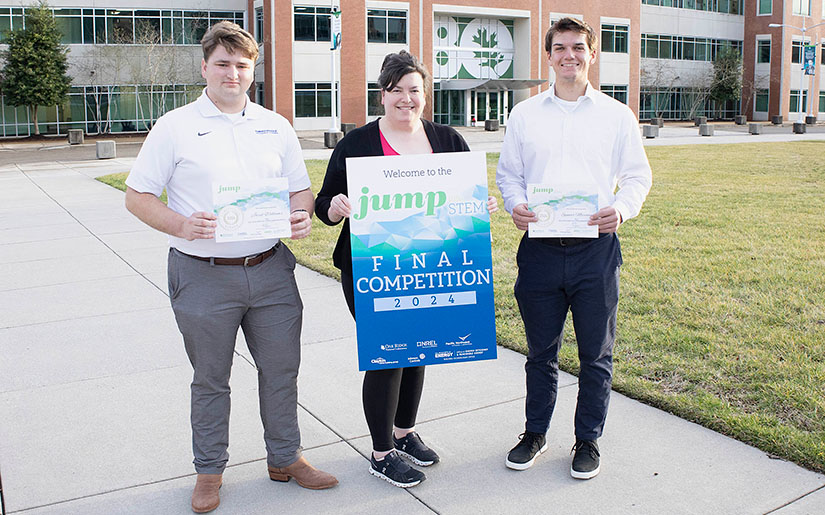
More To Come
Winners of the 2024 JUMP into STEM Final Competition were each offered a 10-week paid summer internship at NREL, ORNL, or Pacific Northwest National Laboratory, where they will have the opportunity to work closely with researchers on projects for the U.S. Department of Energy.
Stay tuned for information on competing or participating as a professor in JUMP into STEM's 2024–2025 season.
JUMP into STEM is supported by the U.S. Department of Energy Building Technologies Office. Learn more about energy-efficient and clean-energy-ready building initiatives.
Last Updated May 28, 2025
